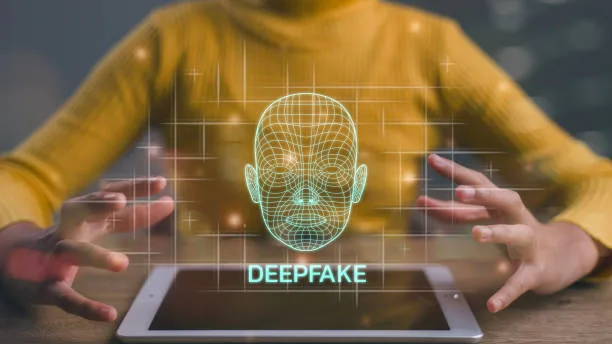
Organizations utilize technical solutions for the identity verification process to reduce manual hassle and for accurate results. Without technical services, companies can no longer move toward the path of success, as the primary requirement is to update operational systems as per the requirements. The manual identity verification process was time-consuming and prone to human error.
With the growing ratio of cyber attacks and advanced criminal tactics, it is necessary to implement appropriate services and solutions for security. Companies utilize SDKs and perform on premise verification solutions. It is necessary to verify that there are no on premise deepfakes in datasets. In case of misidentification, it can make the organization a victim of serious consequences.
What is On Premise Deepfake Detection Technology?
On premise deepfake detection technology involves fast checks which evaluate various kinds of data clues and identify spoofed and fake data. Many criminals hide their actual identities and submit deepfake images to be stored in the database and left unidentified. On premise deepfake detection technology can save organizations from criminal attacks and help to verify all the information in real-time. It works through artificial intelligence pre-trained algorithms and ensures a secure working platform which contributes to growth and success. Deepfake detection technology enables organizations to free their landscape for financial loss and legal complications as it works for enhanced identity verification.
Why Do Organizations Need On Premises Face Recognition?
Without on premise deepfake detection technology, organizations may fail in the security of their data and internal work. Fraudsters access colonies and make them victims of data breaches; they do so often for being unidentified. Companies that do not use up-to-date securities are mainly victims of data breaches as they cannot identify fraudsters. Their databases include spoofed images, and they become a victim of false spoofing detection. On premise deepfake detection is highly important to maintain a streamlined working process and the success of an organization.No. No manual checking or simple authentication effort can match its sharp artificial intelligence checks for spoofing and deepfake identification.
Difference Between Online and On Premises Facial Recognition
On premise facial recognition involves the verification of biometric data within the datasets. In case of manipulated data in the datasets ,companies fail to detect user authenticity later on. Many times, a person who is sanctioned and included in the watchlist tries to perform money laundering through any other person. He may submit a deepfake of that person to save him as well from being in the data record. Afterward, the replaced one accesses organizations to open bank accounts or invest funds. The second person will be getting enough funds from the actual money launderer. In that case , on premise deepfake verification is highly important to eliminate such fraud attacks, and this is how on premise deepfake detection is crucial.
Online deepfake attacks are more common as there is no need for any second person, but an individual can himself/herself utilize deepfake to bypass securities. Online deepfakes can be in the form of voices, videos, or images that criminals utilize to access firms for their illicit activities. There are various deepfake detection solutions that organizations can implement to secure their remote working process from criminal activities.
Which Industries Require On Premise Solutions?
Mainaly all the industries are now vulnerable to criminal activities. Hence, it is crucial to utilize effective security protocols. Following industries mainly require on premise solutions to work more effectively and securely.
Travel agencies require on-premise solutions to validate entities and secure their platforms from criminal activities. It can be in the form of facial recognition service or liveness detection technology, which works to protect travel agencies from ever-growing criminal activities.
The healthcare sector also requires on premise identity verification solutions to ensure patient records, Many fraudsters perform data breaches to reach fake insurance claims. Hence, on-premise solutions are necessary to secure the landscape from fraud attacks within the healthcare sector.
Overall Effects of On Premise Security Solutions
On premise security solutions contribute to organizational success and growth. It allows organizations to deal with only legitimate entities and protect the landscape from criminal tactics. Security solutions contribute to legal compliance in the form of anti money laundering. Additionally, a secure working platform enhances organizational credibility and trustworthiness, It attracts more customers and partners which definitely contribute to business success.
Final Words
Organizations must utilize on premise deepfake detection technology for real-time security from criminal attacks. With ever-growing technology and digitizations, criminals are also employing advanced strategies for the execution of their illicit plans. On premise facial recognition technology works to secure businesses and contribute to their growth and success. Deepfake detection technology works through automated checks and offers enhanced ID authentication solutions.
